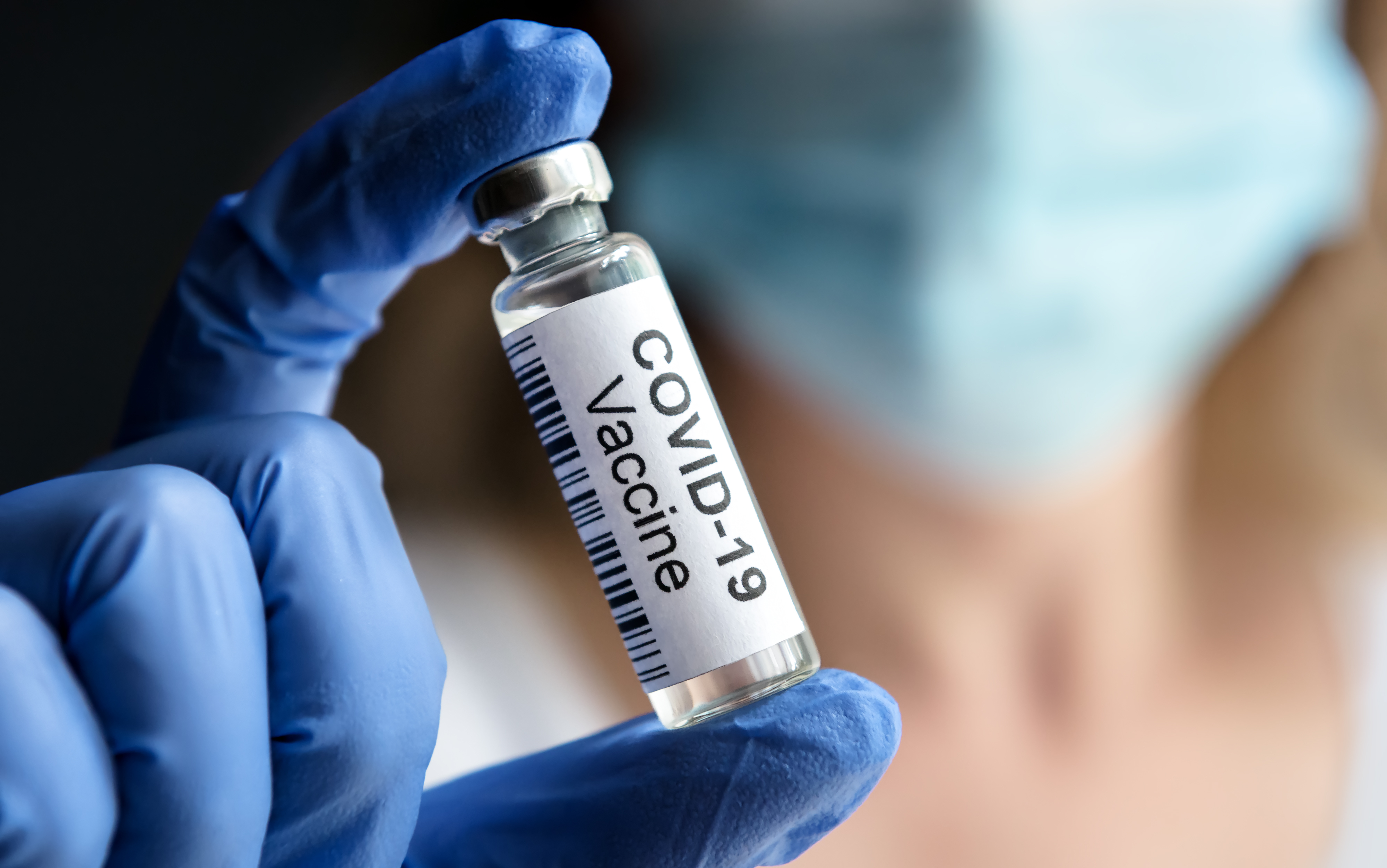It goes without saying that most medical practices— indeed, most people in general—can hardly wait for the COVID-19 pandemic to end. Aside from the terrible human tragedy the pandemic has brought, it has also caused economic damage across the world and financial strain to medical practices, with 2020 bringing a decline in patient visits and a painful drop in revenue. At long last, however, vaccine rollout has begun in the U.S., offering hope on the horizon for a return to better revenues, as well as a more immediate opportunity: the chance to be part of the vaccination efforts. Preparing and eventually launching a vaccination program for your patients represents an incredible opportunity to earn revenue, continue winning patient trust, and to hit the ground running in Q2/Q3 as vaccination rates increase and business trends back toward normalcy. Medical Advantage, leading healthcare consultant on best practices at the point-of-care and continuing provider of thought leadership during COVID-19, has put together these 4 steps to successfully plan and execute a vaccination program at your practice.
Step 1: Learn, Plan, Prepare your Vaccination Program
A variety of factors like supply-chain and state and CDC guidelines will influence how—and when—you can offer vaccinations to your patients. A good place to start as you plan and prepare your vaccination program is by reviewing the overall CDC vaccination guidelines, as well as the guidelines for your individual state.
Beyond ascertaining the “phases” of what patient population groups can and should be vaccinated when, the CDC also offers guidance on vaccine storage and handling best practices, a training module for healthcare professionals on vaccine administration, and other preparation advice, like how to ensure your clinic is prepared for anaphylactic reactions prior to administering the vaccine.
Learning as much as you can about both the COVID-19 vaccine itself as well as the regulatory framework surrounding its rollout will help you pass that information on to your patients and encourage patient participation in a COVID vaccination program.
Step 2: Engage and Educate
Understanding the vaccine and the rollout process as thoroughly as possible will help your patient engagement and COVID-19 patient education. Medical practices are patients’ most important and trusted source of medical information; filling their information needs will go a long way toward earning and keeping their trust—and their business. Additionally, it will help combat the overwhelming volume of misinformation around the vaccine and COVID-19 in general.
The CDC offers guidelines and resources on engaging with your patients to answer their questions and ease their anxieties. Don’t hesitate to get proactive via the phone, your website, and other messaging portals to guide patients toward information about the vaccine and assist them in signing up to receive their shots when supply allows. Be clear and straightforward in messaging on your outbound portals and let patients know when your clinic will have the COVID vaccine available, when their “group” is eligible to receive it, how they can sign up to receive their COVID vaccination, and what the effects and protections associated with being vaccinated are (potentially with an FAQ’s-style webpage).
Many EHRs have capabilities which can assist with tracking and managing your vaccine inventory. Once you’re reliably sure about vaccine availability and timing, use broadcast messaging to target patients in certain sub-groups as they become eligible. Again, your EHR represents a resource here—consider running reports to identify eligible patient groups for outreach, and tracking first and second doses after administered.
Step 3: Schedule, Execute— and Schedule Again
Beginning scheduling early as possible is a good idea, even if it’s simply a form where patients register to be notified as soon as they become part of a group that is eligible to receive the COVID vaccine. Again, using platforms like telehealth and social media in addition to phone campaigns can be an invaluable tool in driving the scheduling of appointments. EHRs are also a resource for scheduling and managing appointments and follow-up communications. Each state will have its own set of requirements for reporting and having this information detailed in your EHR can save you time on reporting later.
The CDC and state officials have extensive information on their websites regarding the vaccine administration process, or “getting shots in arms.” These cover vaccine handling, storage, injection and follow-up procedures. As many of the initially available vaccines, like the Pfizer and Moderna blends, require two doses, take advantage of your patient’s physical presence at the first dose as an opportunity to get a second dose scheduled, if necessary. To increase the likelihood of their returning for a second dose, remind the patient that the efficacy of the vaccine is significantly reduced if not followed with the second vaccination – and provide them with a card – showing date and proof of first vaccination and writing in the date of their second vaccination.
Step 4: Follow-up
Following up is critical to ensure presence at the second dosage, but also for many other reasons. Reach out to your patients via email, phone, telehealth, or other portals after their vaccination. Ask them how they are feeling, if they are having any side effects, and if they have any further questions or concerns. This will further reinforce patient trust and reduce the chances of any negative patient outcomes through enhanced communication and transparency. Regular communication will also help ensure patients are scheduled and likely to attend their second vaccination.
Taking charge of vaccine distribution at your practice in a clear, effective, and transparent manner will bring multiple benefits: it will provide a new revenue stream in Q2/Q3, represent an opportunity to connect with and earn the trust of your patients, and it will be one further step toward reaching herd immunity and putting the COVID-19 pandemic behind us.
As the healthcare landscape has changed greatly in 2020, Medical Advantage has adapted and expanded our services to better serve our clients and help physicians better navigate and avoid the pitfalls of a shifting and fluid new set of market, regulatory, and financial challenges. Our clients have remained at the forefront of this shifting market and emerged stronger and with expanded competitive advantage. Whether it is rebuilding patient volume, optimizing practice performance, achieving revenue and billing efficiencies, or navigating the ever-changing regulatory and payer environment – reach out to our consultants to see how we can help your practice thrive in 2021.
Medical Advantage, with our 20+ years of in-practice experience in profitability optimization – together with the overall resources of the TDC Group of which we are a member (a $6B entity serving over 100,000 healthcare providers and organizations as the nation’s largest provider of Insurance, Risk Management, and Healthcare Practice Improvement Solutions) – can help your organization achieve peak efficiency, survivability, growth, and profitability in a myriad of ways.
For more information on COVID-19, please visit the TDC Group resource: FAQ regarding COVID-19 Or download our infographic.





